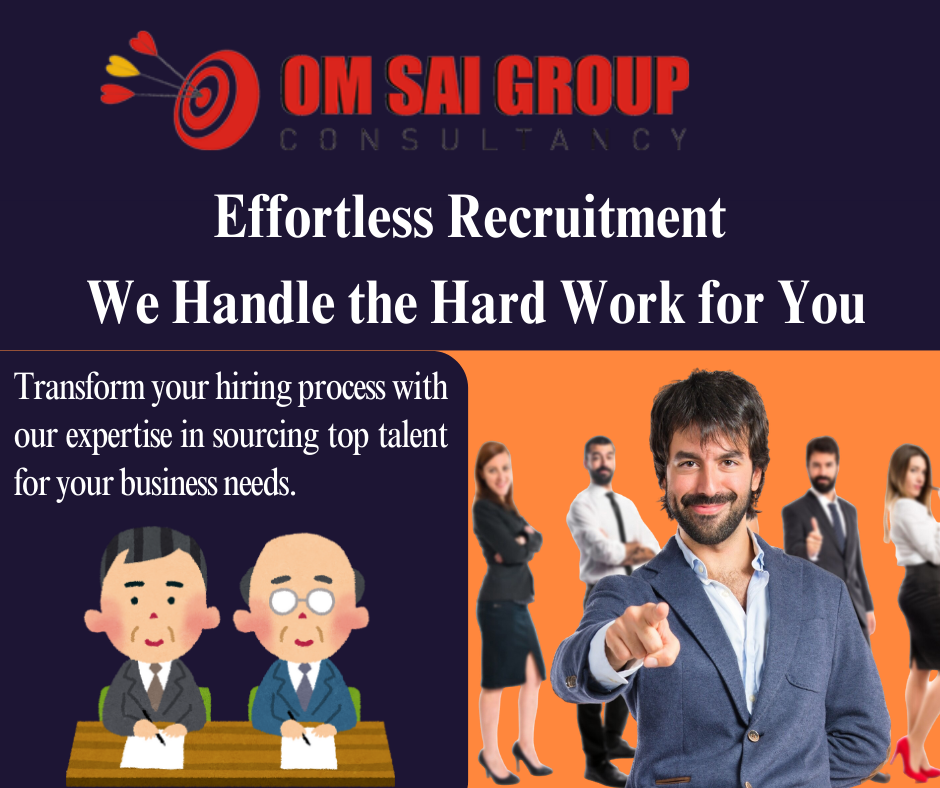
Complete HR solutions for medium-sized businesses.
Often walking the tight line between the agility of small firms and the complexity of big organisations, medium-sized companies are absolutely crucial in the business ecosystem. Human resources (HR) demands of these businesses get more complex as they expand and call for more strong solutions to properly handle talent, compliance, and employee involvement.
We will discuss in this blog why HR solutions are so important for medium-sized businesses, main elements to take into account, and practical actions to simplify HR operations. This book is catered to your needs whether your HR procedures are improving or your staff is growing.
Why HR Solutions Matter to Medium-Sized Businesses
Several reasons make managing HR operations in a medium-sized organisation difficult:
Payroll, benefits, and compliance management gets increasingly difficult as the workforce rises.
Retention Challenges: Sustained development depends on keeping qualified workers given more competition for elite talent.
Middle-sized businesses have to follow changing labour laws and industry-specific rules, which can be intimidating without the proper tools and knowledge.
Resource Restraints: Although bigger companies may have strong HR departments, medium-sized businesses typically run with limited means and need for creative ideas.
By means of process simplification, increased employee happiness, and guaranteed compliance, implementing successful HR solutions can assist to solve these issues.
Important components of HR solutions for medium-sized businesses
Medium-sized businesses should concentrate on the following main components in order to maximize HR operations:
HR Technology and Software
HR Management Systems (HRMS) help to centralise staff data, automate administrative chores, and enhance reporting.
By controlling job ads, applications, and candidate tracking on one platform, applicant tracking systems (ATS) help to simplify hiring and staffing.
Track employee performance; create targets; and offer comments for ongoing development using performance management tools.
hiring and onboarding
Create a disciplined hiring procedure to draw elite talent.
Put digital onboarding solutions into use to guarantee a seamless integration for fresh graduates.
Administering payroll and benefits
Automate payroll processing to guarantee accuracy and tax law compliance.
Provide attractive benefits plans to draw in and keep staff members.
Managers of Compliance
Keep current with labour laws, industry standards, and workplace safety policies.
Use compliance tracking instruments to steer clear of expensive fines.
Retention and Employee Involvement
Open communication and appreciation programs help to create a friendly workplace.
Survey staff members often to get comments and take care of issues.
Learning and Development
Purchasing learning management systems (LMS) will help staff members have chances for professional growth and training.
Clearly define your career routes to inspire and keep outstanding talent.
Advantages in Using HR Solutions
Using complete HR solutions will help medium-sized businesses greatly:
Automating repetitive procedures helps HR departments to concentrate on strategic projects.
Improved employee satisfaction results from more involved workers brought about by simplified procedures and improved communication.
Scalability: HR solutions can extend needs and fit rising staff counts as your business grows.
Compliance tools help to lower the possibility of financial fines and legal problems.
Advanced analytics give you understanding of workforce patterns, thereby guiding your actions.
Selecting the Correct HR Solution:
Choosing the appropriate HR solution for your medium-sized business calls both much thought. These pointers should help you make decisions:
Evaluate the particular HR issues and objectives of your business.
Give user-friendliness first priority; choose programs your staff will find simple to use and implement, therefore reducing the learning curve.
Look for systems with the features you require—performance management, benefits administration, payroll processing, and so forth.
Think about scalability and make sure the answer can meet changing needs and expansion of your business.
Before committing, request demos and trials to see how easily the program runs.
Choose vendors who provide strong customer service and training tools.
Advice on Implementing a Successful HR Solution
Following these guidelines will help to guarantee effective application once you have selected an HR solution:
Early in the process, engage HR, IT, and management teams among important stakeholders.
Clearly state the objectives you hope the new solution will help you to meet, such lowering administrative tasks or raising compliance.
Give HR professionals and employees thorough training to guarantee flawless acceptance.
Track important performance indicators (KPIs) to evaluate the effect of the solution and implement required corrections.
Get user comments to pinpoint areas needing work and help to streamline procedures.
Future Development in HR Solutions
The HR scene is always changing as new trends define HR solutions going forward:
Artificial intelligence (AI) driven technologies are improving predictive analytics, employee engagement, and hiring.
HR solutions are emphasizing virtual collaboration and performance tracking as remote and hybrid work patterns more standard.
These platforms combine HR operations with tools improving the general employee experience.
To fit modern workforce values, HR solutions are stressing sustainability and diversity more and more.
